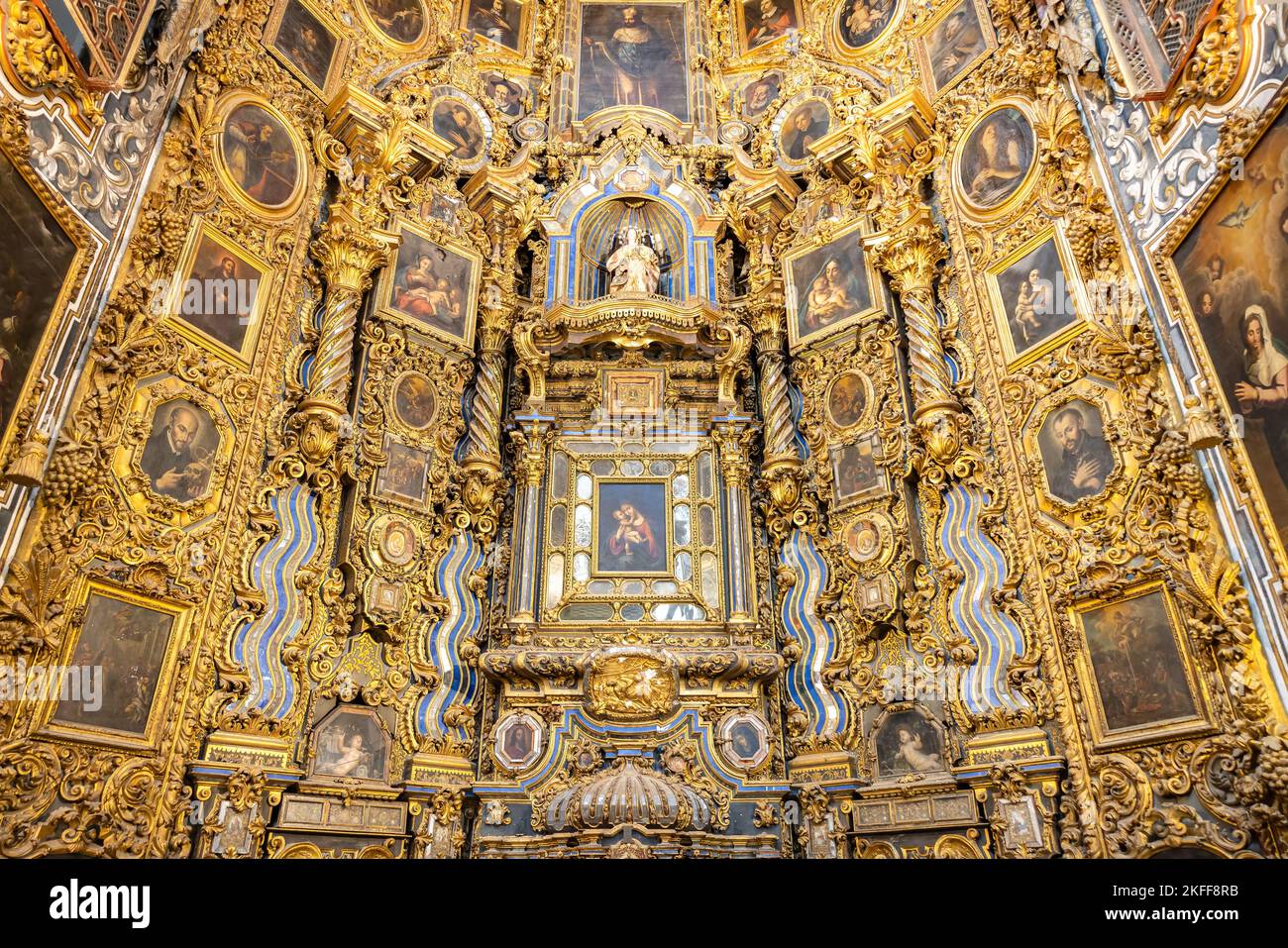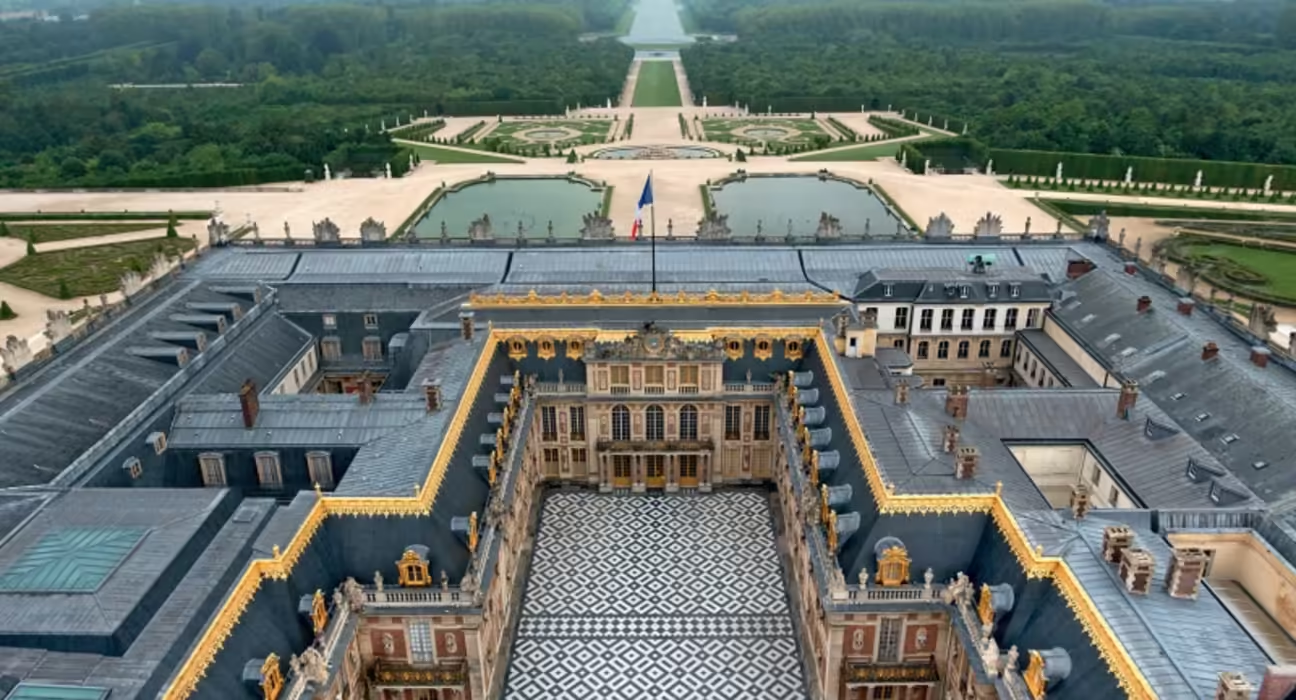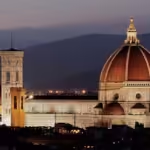Baroque architecture represents a significant artistic movement that emerged during the 17th and early 18th centuries, characterized by its emotional intensity, intricate details, and grand scale. This style is not merely an expression of aesthetic appeal, but also serves as a reflection of the cultural and spiritual sentiments of its time. Baroque architecture has the ability to inspire awe and wonder, drawing visitors into a world where every curve and contour tells a story of human ambition and divine aspiration.
The Grand Aesthetics of Baroque Architecture
Baroque architecture is renowned for its opulent designs that often feature dramatic contrasts between light and shadow, sweeping curves, and elaborate ornamentation. Understanding the visual language of this architectural style reveals a rich tapestry woven from the threads of history, society, and the human experience.
The Use of Light and Shadow
In Baroque architecture, the interplay between light and dark plays a crucial role in creating a dynamic atmosphere.
The design often includes large windows and open spaces that allow natural light to flood the interiors, enhancing the overall sense of grandeur. The strategic placement of these windows not only illuminates the intricate details of the architecture but also creates a spiritual ambiance that invites introspection.
Light becomes a metaphorical element in Baroque architecture, representing the divine presence while casting shadows that symbolize the mystery of faith. This duality evokes a sense of awe in onlookers, making them feel both small in the face of such grandeur and uplifted by its beauty.
Curvilinear Forms and Fluid Spaces

Another defining characteristic of Baroque architecture is its emphasis on curvilinear forms, which offer a sense of movement and flow within structures.
Gone are the rigid lines and geometric shapes of Renaissance architecture; instead, Baroque designers embraced a more organic approach. Elements like sweeping staircases, curved façades, and intricately designed domes invite exploration and create an immersive experience for visitors.
This fluidity conveys a sense of dynamism and vitality, encouraging observers to engage with the space rather than passively observe it. Walking through a Baroque building feels like embarking on a journey through time and emotion, where each turn reveals a new facet of beauty.
Ornamental Excess and Symbolic Meaning

Ornamentation in Baroque architecture is often described as lavish and extravagant, reflecting the wealth and power of the era’s patrons.
From gilded moldings to intricate frescoes, every detail carries significance, serving as a testament to the artistic prowess of the creators. These embellishments often depict biblical scenes or allegorical figures, imbuing the structures with deep spiritual meaning.
Visitors are invited to lose themselves in the ornate decorations, contemplating the messages conveyed through art. This ornamental excess enlivens the senses and ignites curiosity, encouraging a deeper connection with the architecture as a whole.
The Cultural Reflections Embedded in Baroque Architecture

Baroque architecture is not just about aesthetics; it serves as a window into the cultural and societal dynamics of its time. Buildings constructed in this style often reflect the ambitions, values, and tensions of the eras in which they were built.
The Influence of Religion on Baroque Design

Much of Baroque architecture arose during a time of religious upheaval, particularly during the Reformation and the Counter-Reformation.
Churches and cathedrals constructed in the Baroque style were meant to inspire a sense of reverence and devotion among parishioners. The dramatic use of light and space was designed to evoke feelings of spirituality, drawing worshippers closer to the divine.
Furthermore, the grandeur of these structures served as a means for the Catholic Church to assert its authority and influence. By showcasing the church’s power through magnificent architecture, it sought to draw people into its fold and counteract the rise of Protestantism.
Power and Prestige in Royal Architecture
Baroque architecture also played a pivotal role in expressing the power and prestige of rulers and monarchs.
Palaces such as Versailles exemplify how Baroque design was used to convey the might and opulence of royalty. The sprawling gardens, meticulous symmetry, and extravagant interiors were all crafted to showcase the wealth of the monarchy and solidify their status in the eyes of their subjects.
These palatial complexes not only served as residences but also as symbols of political strength. Through architecture, rulers communicated their authority and control over their territories, leaving lasting impressions on generations to come.
The Artistic Dialogue Between Baroque Architecture and Other Art Forms

The Baroque movement transcended architecture, influencing various artistic disciplines, including painting, sculpture, and music.
In fact, one could argue that Baroque architecture functions as an extension of other art forms, weaving together narratives that resonate with audiences on multiple levels. The intricate sculptures adorning facades often echo themes found in contemporary paintings, creating a cohesive artistic dialogue that enhances the overall sensory experience.
By integrating elements of music and performance, Baroque architecture invites individuals to immerse themselves in a multisensory experience. Visitors may find themselves captivated not just by the physical space, but by the emotional resonance that permeates the entirety of Baroque artistry.
The Evolution of Baroque Architecture Across Regions

While Baroque architecture shares common characteristics, its interpretation varies across different regions, adapting to local contexts and cultural influences.
Italian Baroque: A Flourishing Heart

Italian Baroque architecture set the stage for the movement, with architects like Gian Lorenzo Bernini leading the charge.
The incorporation of theatricality and emotional depth became hallmarks of this style. Churches such as St. Peter’s Basilica in Vatican City epitomize the Italian Baroque’s grandeur, featuring monumental colonnades, soaring domes, and breathtaking altarpieces that leave visitors in awe.
The Italian Baroque emphasizes a sense of grandeur that transcends mere physical structure. It seeks to connect the spiritual with the earthly, inviting viewers into a sacred experience that resonates with their innermost desires.
French Baroque: Royal Grandeur and Symmetry

French Baroque architecture reflects the ideals of order and control, emphasizing symmetry and balance within its designs.
The Palace of Versailles stands as an iconic representation of French Baroque, showcasing meticulously planned gardens and harmonious proportions. This style embodies the principles of absolute monarchy, portraying a controlled environment where nature is tamed to reflect human achievement.
Through its grandeur and careful layout, French Baroque architecture communicates a sense of harmony and dignity, reinforcing the notion of the king as both ruler and protector of the realm.
Spanish and Portuguese Baroque: Eclectic Ornateness

Spanish and Portuguese Baroque architecture introduces elements of eclecticism, blending native styles with European influences.
Structures like the Church of San Francisco in Lima exhibit a unique combination of ornate detailing, vibrant colors, and local craftsmanship. This fusion speaks to the cultural diversity present in colonial settings, where indigenous traditions intertwined with imported European aesthetics.
Spanish and Portuguese Baroque architecture thus highlights the complexities of identity, offering insight into the ways in which cultures interact and evolve over time.
The Lasting Legacy of Baroque Architecture

Baroque architecture continues to exert influence on contemporary design, resonating with artists and architects alike.
Inspiration for Modern Architects
Today’s architects draw inspiration from Baroque principles, embracing the emotional and sensory connections that these structures elicit.
Current trends in architecture lean towards organic forms, dramatic lighting, and intricate detailing—echoing the core tenets of Baroque design. By breaking free from rigid conventions, modern architects strive to create spaces that inspire wonder and invite exploration, much like their Baroque predecessors.
This revival showcases the timelessness of Baroque aesthetics and raises questions about the ongoing relevance of emotional engagement in our built environments.
The Role of Baroque Architecture in Cultural Heritage

As a vital part of world heritage, Baroque architecture attracts tourists and art enthusiasts seeking to connect with history.
Preserving these stunning structures demands recognition of their cultural significance, as they embody the collective stories of societies past. Restoration efforts ensure that future generations can continue to appreciate the nuances of Baroque design, fostering a deeper understanding of human expression through art.
Visiting these architectural masterpieces offers a glimpse into the past, allowing individuals to witness the spirit of an era that shaped the trajectory of artistic innovation.
Exploring Baroque Architecture in Contemporary Contexts
Baroque architecture’s influence can be seen in various contemporary settings, from museums to public spaces.
Designers often incorporate Baroque elements to evoke nostalgia and elegance, marrying historical references with modern functionality. The result is a harmonious blend of old and new that celebrates architectural diversity while paying homage to the mastery of bygone eras.
Such explorations challenge conventional notions of style, inviting us to consider how the past informs the present and shapes our experience of space.
Conclusion

In conclusion, baroque architecture represents a remarkable intersection of artistry, culture, and spirituality. Its intricate designs, emotive qualities, and reflections of societal dynamics make it an enduring source of fascination for scholars, artists, and laypeople alike.
By exploring the aesthetics and meanings embedded in Baroque architecture, we uncover not just the beauty of individual structures but the intricate tapestry of human experience woven throughout history. As we engage with these architectural wonders, we are reminded of our own aspirations, emotions, and the universal quest for meaning in the spaces we inhabit. In a world where art and architecture continue to evolve, the legacy of Baroque remains a powerful testament to the enduring impact of creativity on the human spirit.
✉️ Stay Connected — Subscribe for Weekly Updates
Discover timeless stories, practical wisdom, and beautiful culture — delivered straight to your inbox.
*We only share valuable insights — no spam, ever.






